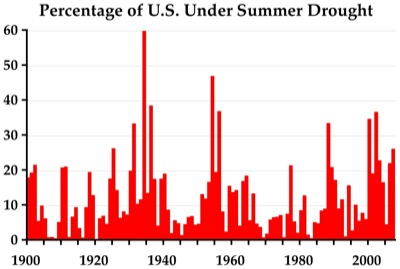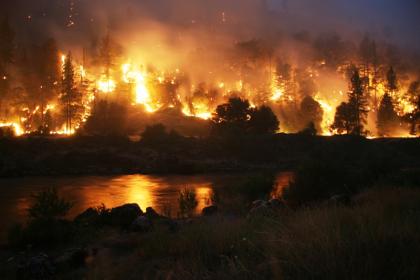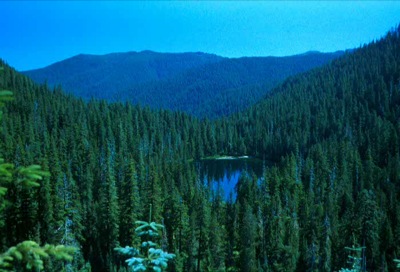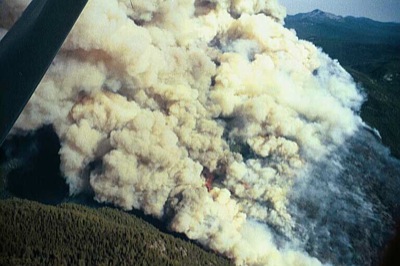Although there have been large wildfires in California and Texas, this has been a mild fire year so far in Oregon. As of September 21, 123,000 acres had burned compared with a total of nearly 650,000 in 2007.
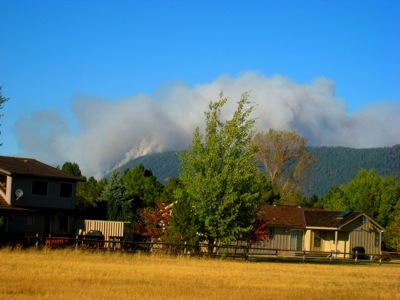
Fall weather is upon us, with nighttime temperatures well below freezing, and there haven’t been any lightning storms recently, the usual cause of fires around here. So I was a bit surprised last Thursday to see a large plume of smoke on Green Ridge, a few miles from my home in Central Oregon’s wildland-urban interface (WUI).
It turns out that last Wednesday, September 24, the Forest Service set a 31-acre prescribed fire. The fire escaped Thursday and burned (as of October 1) nearly 1,200 acres on Green Ridge. According to the latest report (which is updated daily), the Forest Service has put more than 500 firefighters and five helicopters, plus several more aircraft, to work fighting what it calls the Wizard fire (after a local waterfall).

